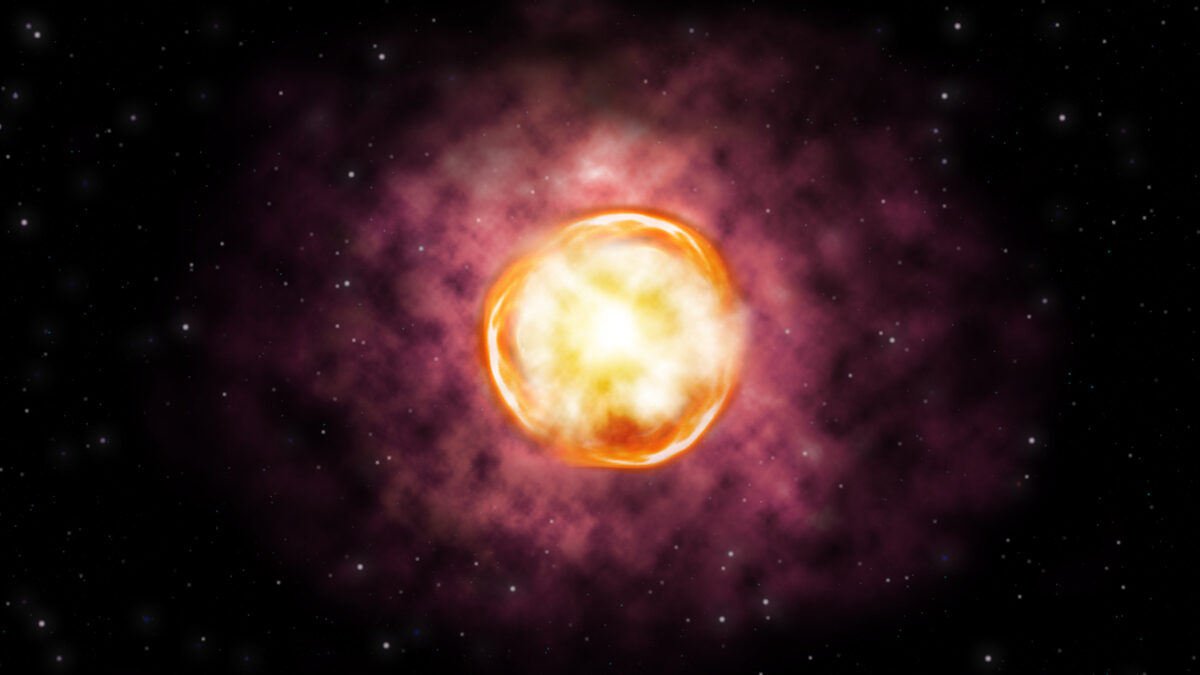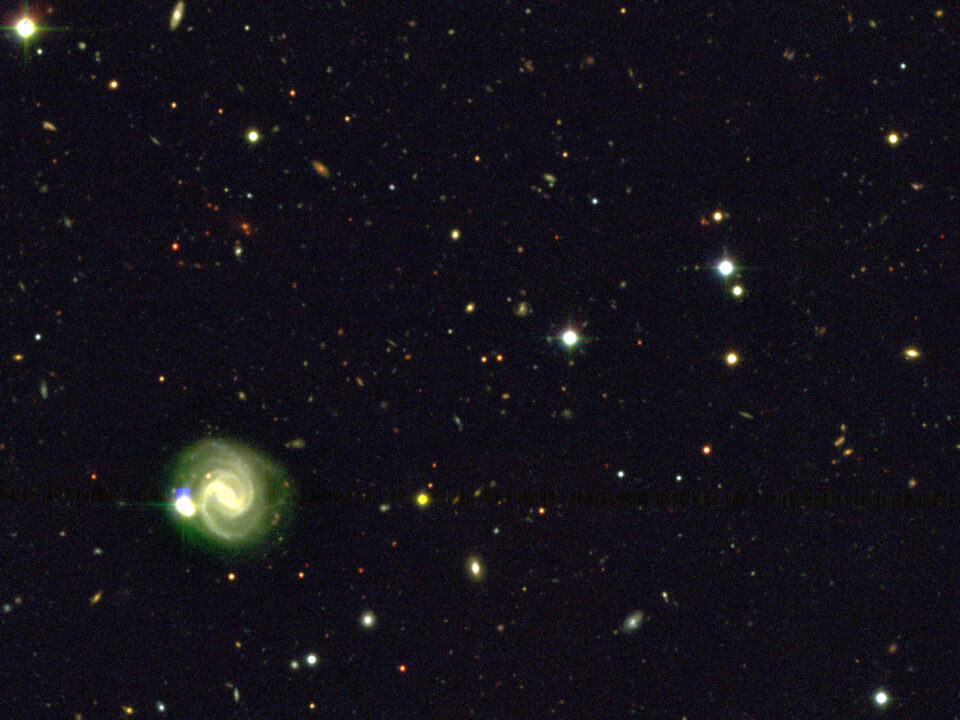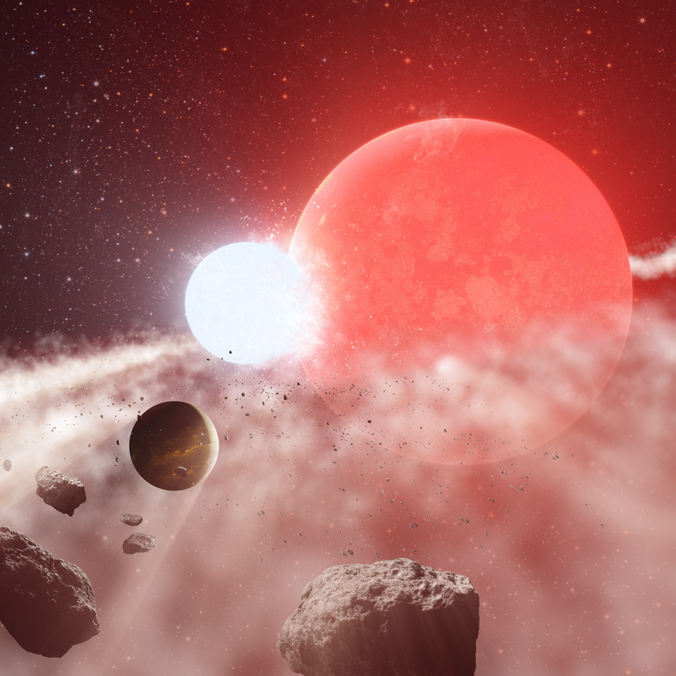Total Annihilation for Supermassive Stars

Earth is Safe! Critical Maunakea Observations of Asteroid’s Near Earth Passage
August 12, 2019
Former Gemini Astronomer Awarded the 2019 Paolo Farinella Prize
September 20, 2019Gemini Observatory captures critical data on an exotic stellar explosion that’s challenging astronomers to rethink how the most massive stars end their lives.
A renegade exploding star (known as SN 2016iet) focuses on a new breed of supernova that can utterly annihilate its parent star — leaving no remnant behind. This signature event is something astronomers had never witnessed before, and may represent the way in which the most massive stars in the Universe die.
“The Gemini data provided a deeper look at the supernova than any of our other observations,” said Edo Berger of the Harvard-Smithsonian Center for Astrophysics and a member of the investigation’s team. “This allowed us to study SN 2016iet more than 800 days after its discovery, when it had dimmed to one-hundredth of its peak brightness.”
The unusual nature of SN 2016iet, as revealed by Gemini and other data, suggest that it began its life as a star with about 200 times the mass of our Sun — making it one of the most massive and powerful single star explosions ever observed. Growing evidence suggests the first stars born in the Universe may have been just as massive. Astronomers predicted that if such behemoths retain their mass throughout their brief life (a few million years), they will die as pair-instability supernovae, which gets its name from matter-antimatter pairs formed in the explosion.
Learn more about this finding in the Gemini Observatory press release.




